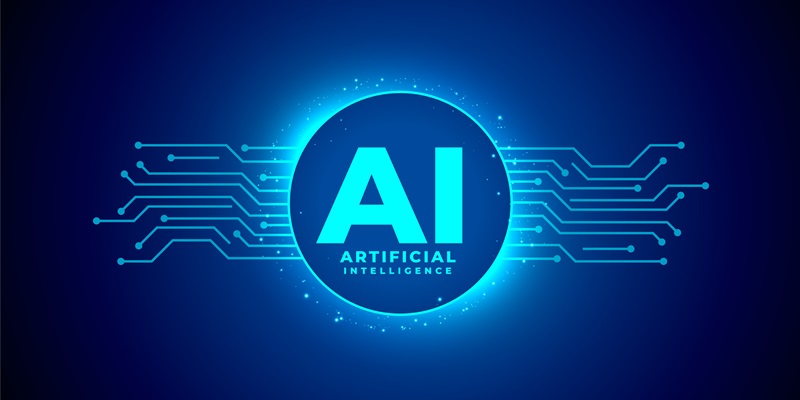Artificial intelligence systems, particularly large language models (LLMs), have showcased remarkable capabilities in generating human-like text. However, these advancements come with a significant drawback: hallucinations. Such hallucinations refer to the tendency of LLMs to produce fabricated facts that sound plausible but are not rooted in reality. This problem becomes especially concerning when these systems are deployed in contexts where accuracy and reliability are paramount. In response to this challenge, scientists have developed an innovative method to address these inaccuracies. This approach leverages the strengths of multiple LLMs to verify and evaluate each other’s outputs, aiming to curtail the generation of unreliable information. This solution, reminiscent of “fighting fire with fire,” employs a layered verification process that not only assesses the words but also the meanings behind them to improve the reliability of AI outputs.
The Principle of Layered Verification
The newly proposed method relies on a multi-layered framework where multiple LLMs are used to check and evaluate each other’s outputs. Initially, the first LLM generates a response, which is then scrutinized by a second LLM for any potential “confabulations” or arbitrary inaccuracies. These are instances where the LLM might produce incorrect text due to gaps in its knowledge base. The scrutiny doesn’t end here; a third LLM is introduced to evaluate the findings of the second model, essentially setting up a chain of verification where each layer seeks to confirm the reliability of the previous one’s output. This cascading evaluation method focuses on the implications and paraphrases within the generated text, thereby moving beyond merely checking factual errors to a more nuanced understanding of the information.
The principle behind this verification system hinges on semantic entropy—an approach that assesses the meanings and implications rather than the specific words used in the text. By reevaluating potentially erroneous text through another LLM, the researchers gauge whether the initial statements hold water. In practice, this multi-layered process has yielded accuracy levels comparable to human evaluations, indicating that AI can be trained to self-correct significantly. The findings, outlined in the paper ‘Detecting hallucinations in large language models using semantic entropy,’ published in Nature, demonstrate the promise of this approach in enhancing the reliability of AI-generated content.
Challenges and Criticisms
Despite its potential, the layered verification framework is not without its challenges. While the approach seeks to mitigate the inaccuracies generated by LLMs, critics caution against over-reliance on these systems to regulate their own outputs. The method’s complexity introduces a new layer of risk: the possibility that multiple flawed systems could amplify rather than resolve the hallucination issue. Karin Verspoor from the University of Melbourne has articulated this concern, emphasizing that layering multiple AI systems inherently prone to errors could lead to compounded inaccuracies. The introduction of additional LLMs for verification means more room for errors to cascade, essentially creating a situation where the cure could potentially exacerbate the disease.
The approach also requires extensive computational resources and inter-model coherence, which can be difficult to maintain. Ensuring that each LLM in the verification chain has a consistent understanding of the text and its implications is crucial. Discrepancies between the models could introduce new errors, making the system’s overall reliability difficult to guarantee over an extended period. Thus, while the multi-layered verification model shows promise, it necessitates careful implementation and ongoing evaluation to ensure its efficacy and minimize potential drawbacks.
Conclusion: Promise and Caution
The layered verification framework, though promising, comes with significant challenges. Critics warn about the dangers of depending too heavily on LLMs for output regulation. This method’s complexity brings in a new risk: the chance that numerous flawed systems might amplify rather than solve the hallucination problem. Karin Verspoor from the University of Melbourne highlights this issue, suggesting that adding layers of inherently error-prone AI systems could multiply inaccuracies. Introducing additional LLMs for verification may increase the chances of cascading errors, potentially worsening the problem.
Moreover, this approach demands substantial computational resources and consistent inter-model coherence, which can be hard to achieve. Ensuring each LLM in the verification chain uniformly understands the text and its implications is vital. Any discrepancies among the models could introduce fresh errors, making the overall system’s reliability tough to guarantee over time. Therefore, while the multi-layered verification model appears promising, it requires meticulous implementation and continuous evaluation to ensure its effectiveness and minimize its potential drawbacks.

